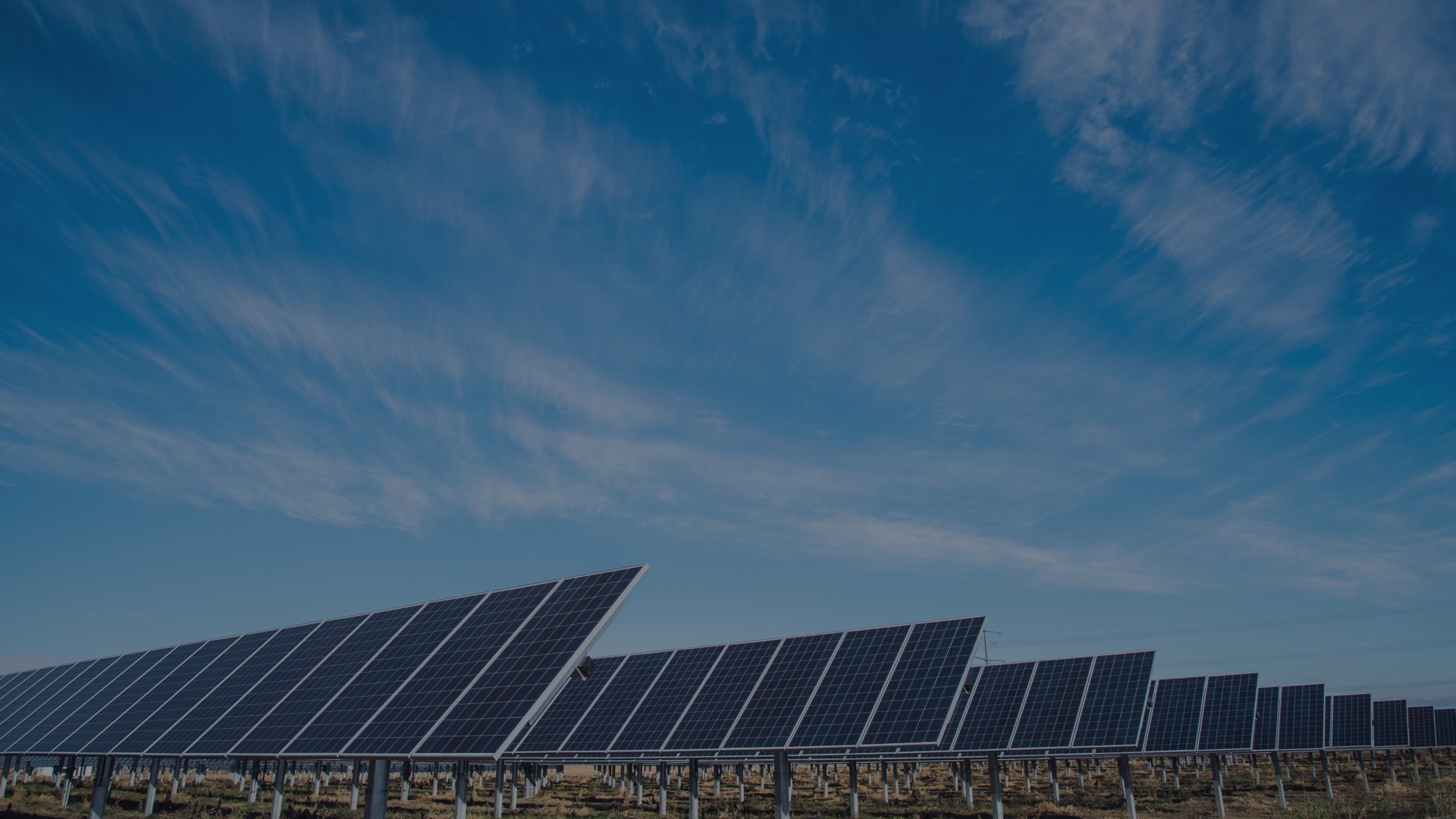Please note that the Feed-in-Tariff scheme ended in April 2019. Discover today how your business can gain a free, fully maintained solar PV system through our Power Purchase Agreement.
WHAT ARE FEED-IN TARIFFS? Feed-in tariffs have to be introduced by the government through legislation. The legislation would obligate utility companies to pay people a set amount of money for each unit (kWh) of renewable electricity that they produce. Renewable electricity is usually in the form of solar photovoltaic, wind energy or hydro power. The amount of money that is paid is dependent upon the detail of this legislation, but is usually a multiple of 2.5 – 4 times the cost of purchasing the electricity.
This means the initial capital outlay of purchasing a solar photovoltaic system is reclaimed much quicker. The feed-in tariff only pays this increased rate for a set number of years, which can be 5-20. Again, it is something that varies by country, and is difficult to predict.
DOES ANYBODY ELSE USE THEM?
The majority of the developed World now seems to have them: Germany, France, Italy, Spain, Portugal, Poland, Czech Republic, Switzerland, Netherlands, Slovenia, Belgium, Slovak Republic, Latvia, Lithuania, Belgium, Greece, Bulgaria and Hungary. In Australia, Western Australia and ACT have state tariffs, Ontario in Canada, and Obama is likely to allow California and other States their own systems.
HOW CLOSE IS THE UK?
The Queen gave her “royal assent” to Britain’s long-debated Energy Bill on November 26, 2008, putting into law Britain’s commitment to dramatically cut its greenhouse gas emissions. The Energy Bill also contained provisions calling on Gordon Brown’s Labour government to implement a system of feed-in tariffs for small renewable energy producers by 2010.
We are proud to say that sections of the bill were read out by Alan Simpson, MP for Nottingham South who has been an ardent supporter of energy efficiency and renewable energy.
WHY ARE THEY GOOD?
Feed-in tariffs make solar photovoltaic and wind turbines a great financial investment, rather than a steady one. As a result of microgeneration they can gain energy independece from rising fuel prices, which has been described as ‘Empowering the People’. This makes the take-up of renewable energy much faster, it creates a ‘tipping point’
With people investing their own money in the initial capital outlay, feed-in tariffs avoid inefficient government taxation measures. Private money supplements what would otherwise be funded through either direct taxation or large scale public private partnerships (PPP’s), the very same PPP’s that caused the demise of Metronet and the billions of pounds of public money being squandered.
They allow the country to build their industrial base in a proven and long-lasting economy through quickly upping the level of demand. As mass production of silicon wafers, solar cells and solar panels moves to these shores so will the price drop for future users of the technology. Rather than the ””trail-blazers”” having to pay extra, they are rewarded for contributing towards the overall decrease in cost.
WHAT’S THE CATCH?
Feed-in tariffs have to be paid for somehow. This is through an increase in the general cost of electricity prices to standard consumers. This would be similar to the climate change levy (CCL) currently added to UK energy bills. Therefore feed-in tariffs are not sustainable in the very long term, and it is therefore an advantage to those who move quickly to install their photovoltaic, wind or hydro microgeneration systems.
IS IT BENEFICIAL TO THE WIDER ECONOMY?
The German renewable sector employs over a quarter of a million people, whilst the UK sector is around 10,000. Renewable energy isn’t going away, and it is a sector that will inevitably grow as fossil fuel prices increase and reserves inexorably decrease. The UK’s balance of trade is already way into the red and without the introduction of future technologies and industries this can only get worse.
The renewable sector doesn’t just provide jobs, but also the taxes that profits generate. The initial investment is exactly the sort of fiscal stimulus the government keeps talking about to help Britain work its way out of the worst recession since the 1930’s.
In 2014, with the closing of several older coal and nuclear power stations there is quite a serious gap between the amount of electricity the UK will want to use and the amount that it will be able to produce. The promotion of renewable energy will help plug this gap. Brown-outs and black-outs are a significant risk to businesses wishing to set up in an area or country and can cost billions of pounds.
(C) EvoEnergy Ltd 2009
